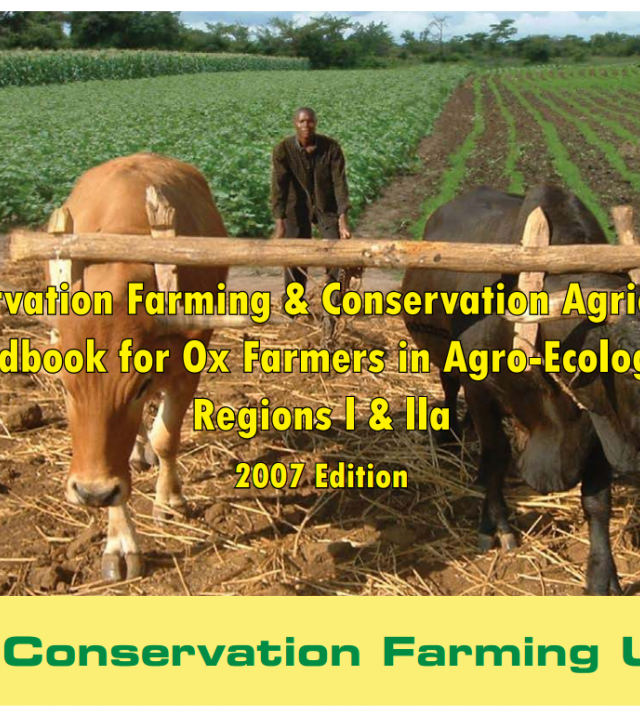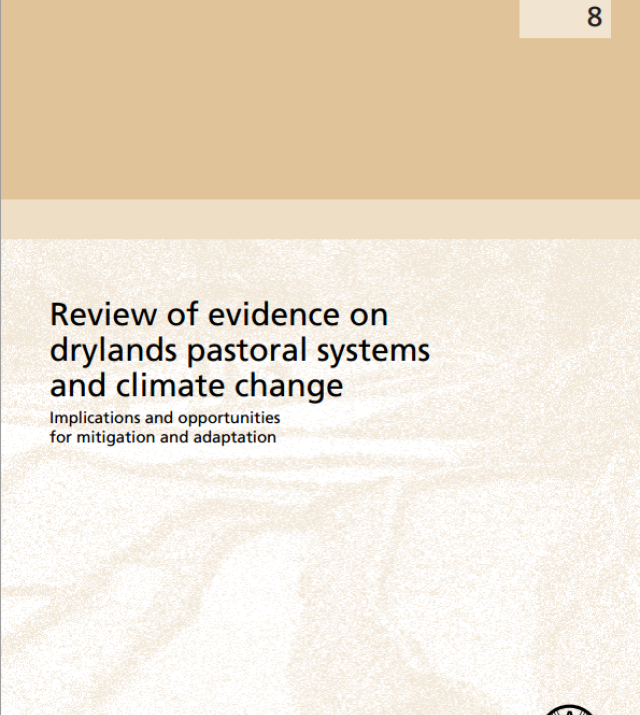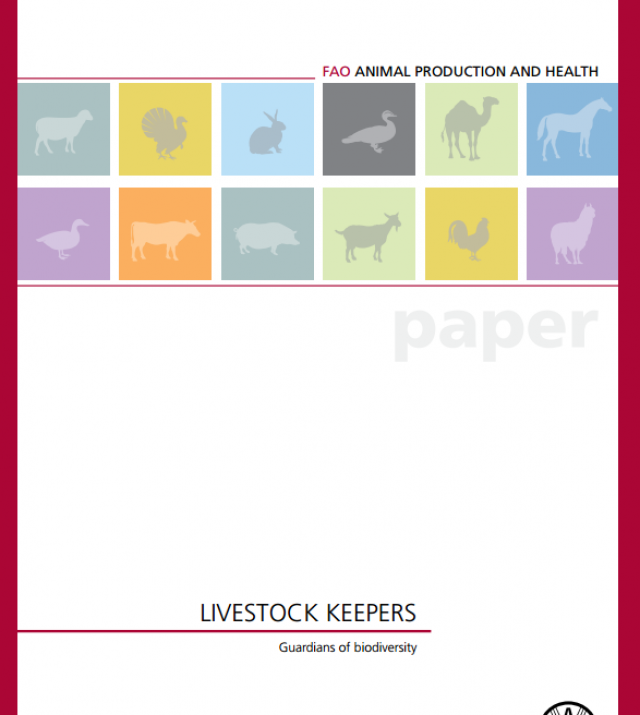
Introductory Guidelines to Participatory Rangeland Management in Pastoral Areas

There is growing concern in the Horn of Africa that global climate change and the increasing incidence of drought are undermining livelihood systems in the rangelands. Whilst the increasing incidence of drought does seem to be true, it is also clear that the lack of a coherent approach to decision-making in the rangelands has done more to undermine former levels of rangeland productivity than cyclical droughts could ever achieve. The reckless development of water in former wet season grazing areas, for example, has resulted in spontaneous settlement and year-round grazing. Unless grazing is better managed in the rangelands, and grass given the opportunity to recover, highly palatable species are electively grazed out and the species mix potentially irrevocably changed.
The purpose of these Guidelines is to introduce and promote the essential elements of participatory rangeland management (PRM). It is hoped that the Guidelines will help further inform government policy and decision makers whose task is to establish effective range management as a basis for the sustainable development of the rangelands.
The book is structured to enable easy reference. After introducing participatory rangeland management and explaining why it is now important for Ethiopia, the Guidelines set out the sequential steps involved in PRM, divided into three stages of investigation, negotiation and implementation. In the main section (negotiation), the reader can make quick reference to the specific steps in the process and its main outcome — a participatory rangeland management agreement.
The long-term implementation of PRM requires that new partnerships be established between government and communities, that new negative threats to rangelands be addressed, and that rangelands are effectively monitored. The book concludes with clear guidance on what is needed within each of these final steps in the process.

